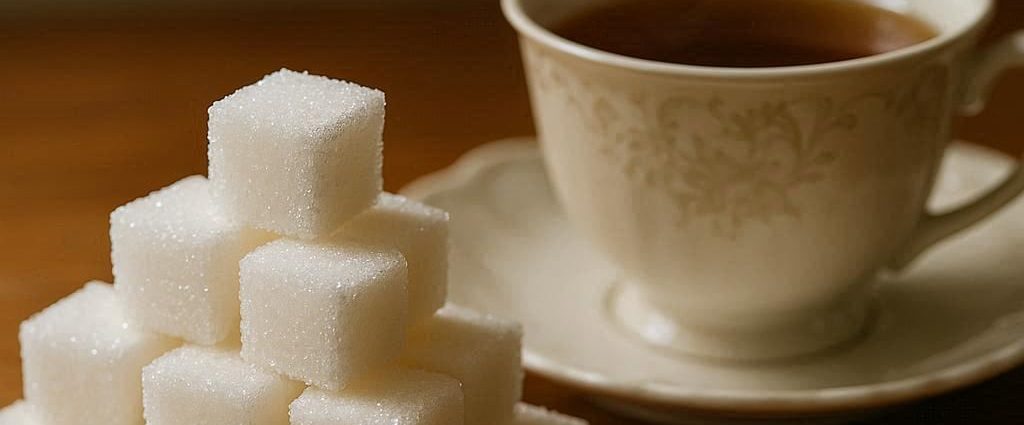If you needed one more reason to slash added sugar, here it is. A landmark 2014 study in JAMA Internal Medicine showed that Americans who got 25%+ of daily calories from added sugar had a nearly three-fold higher risk of dying from cardiovascular disease (CVD) versus those under 10%. That was a decade ago—and the evidence since then has only grown louder.
What the 2014 study actually found (and why it still matters)
Using nationally representative US data, researchers tracked adults for nearly 15 years and linked sugar intake with fatal heart events. Risk started climbing once added sugar exceeded 10% of calories and spiked dramatically at 25%+. This wasn’t just about weight; the association persisted after adjusting for age, sex, BMI, activity, and overall diet (JAMA Internal Medicine).
The new evidence: the case has only hardened
-
Sugar-sweetened beverages (SSBs) and CVD risk: A 2024 American Journal of Clinical Nutrition study showed that people drinking more SSBs had higher CVD risk—even if they exercised a lot. Translation: you can’t out-run a high-sugar drink habit.
-
Meta-analysis of sweetened drinks: A 2021 meta-analysis in Nutrients linked both sugar-sweetened and artificially sweetened beverages with higher CVD and all-cause mortality.
-
Fructose and total sugars: A 2023 review in Nutrition found that higher intakes of total sugars and fructose were associated with increased CVD and all-cause mortality.
-
Global burden is rising: New modelling in Nature Medicine (2025) and JAHA (2025) tied sugary drink consumption to millions of CVD cases and deaths worldwide.
So, how much sugar is “too much” now?
Major health bodies have converged on tight limits:
-
The World Health Organization recommends keeping “free sugars” below 10% of total energy intake, and ideally below 5% (about 25 g/day).
-
The American Heart Association suggests no more than 6 teaspoons (25 g) for women and 9 teaspoons (36 g) for men daily.
Why sugar hits the heart
Added sugars—especially in drinks—cause glycaemic spikes, liver fat build-up, inflammation, and adverse blood lipids, creating a metabolic storm that stresses vessels and the heart. The AHA explains that added sugars provide zero nutritional benefit while raising the risk of obesity, type 2 diabetes, and heart disease.
What to do today (simple swaps that stick)
-
Ditch liquid sugar: Replace sodas, “energy” drinks, and fruit-juice cocktails with water, sparkling water, or unsweetened tea/coffee. Risk drops with every swap (Harvard, 2020).
-
Check labels: Watch for syrups and “-ose” endings like fructose and glucose. Processed cereals, sauces, and “healthy” snacks are common culprits.
-
Aim for <10% of calories from free sugars; <5% is better. For someone on ~2,000 kcal/day, that means ≤50 g—and ideally ~25 g.
Bottom line
The science keeps pointing one way: the more added sugar, the higher your heart danger. The 2014 JAMA study sounded the alarm; today’s global data are the siren. Your heart doesn’t need added sugar—ever. Start with your drinks. Read your labels. Reclaim your taste for real food. Your arteries will thank you.

